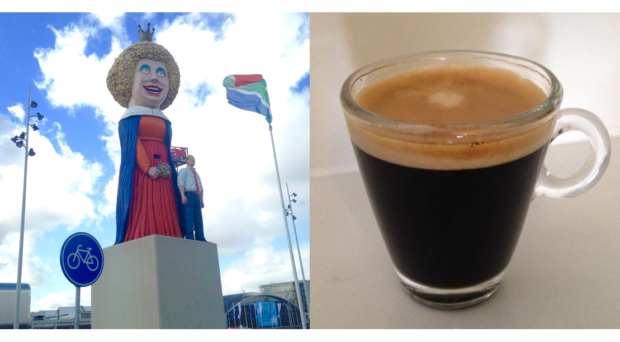
The Sunday edition of The New York Times often includes a short feature in which a prominent person is asked to describe how he or she likes to spend an idle Sunday. Common activities are brunch, museums, outdoor activities, etc.
This came to mind yesterday as we watched more than 160 people gather for one of the final sessions of the fifty-second International Liver Congress (ILC). Whoever would have expected so many prominent people to pass on a leisurely Sunday morning in Amsterdam, after four long days of events, in favor of an 8.30 a.m. gathering titled “Elimination of hepatitis B and C in the EU: challenges and opportunities”?
The event emphasized the tremendous potential of direct-acting antiviral (DAA) treatment regimens to reduce HCV prevalence and incidence in PWID, as well as the programmatic, political and structural barriers that must be overcome to make real progress on the ground.
This session represented only one of many ways in which the European Association for the Study of the Liver (EASL) helped to foster the dialogue about public health dimensions of viral hepatitis at this year’s ILC. (Disclosure: the first author is a board member of EASL’s recently launched International Liver Foundation.)
For us, one of the highlights of the conference was a 19 April workshop jointly convened by EASL and the International Network on Hepatitis in Substance Users (INHSU). A broad range of participants discussed efforts to eliminate hepatitis C virus (HCV) in people who inject drugs (PWID) from multiple perspectives. The event emphasized the tremendous potential of direct-acting antiviral (DAA) treatment regimens to reduce HCV prevalence and incidence in PWID, as well as the programmatic, political and structural barriers that must be overcome to make real progress on the ground.
The ILC programme also included a well-attended World Health Organization (WHO) symposium on “Hepatologists as key partners in meeting the elimination goals of the WHO hepatitis strategy”. And at an abstract-driven session titled, “Public health issues in hepatology”, valuable learnings were shared from two countries with national HCV elimination programmes, Georgia and Iceland, as well as from experiences in key populations including migrants, prison inmates and PWID.
We applaud the ILC’s organisers for recognising that non-biomedical experts include not only a range of health service providers and public health practitioners but also liver patients.
Multidisciplinary approaches to liver disease were prominent at this ILC. We mean this both in the sense that the programme brought hepatologists and other types of physicians into dialogue about multidisciplinary clinical care, and also in the sense that it provided physicians and other experts with valuable opportunities to learn from each other.
It is exciting to see public health perspectives thoughtfully integrated into such a prestigious biomedical conference. And we applaud the ILC’s organisers for recognising that non-biomedical experts include not only a range of health service providers and public health practitioners but also liver patients.
Delegates from liver patient groups bring perspectives that the rest of us need to hear. Tatjana Reic, President of the European Liver Patients Association, aptly demonstrated this at the Sunday morning event on HBV/HCV elimination in the EU. Instead of referring to PWID as a “hard-to-reach” population, she remarked during her presentation, why not refer to them as an “easy-to-ignore” population?
Indeed.
We look forward to the further cross-pollination of diverse ways of thinking within EASL and at future editions of ILC.
Hepatology, Medicine and Policy is now accepting submissions on this and related issues. For more information, visit: www.hmap.biomedcentral.com.
Comments